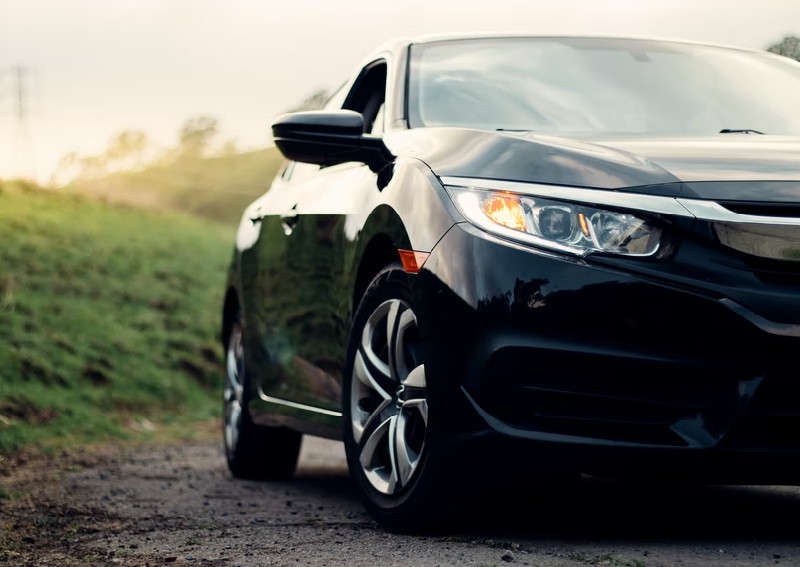COE analysis (April 2022): When will COEs hit $100,000?

These are truly unprecedented times for the automotive industry in Singapore, with Certificate of Entitlement (COE) premiums reaching new highs with every bidding exercise this year.
In the latest exercise for April 2022, prices rose in nearly every category, with Cat E, which is open to all vehicles except motorbikes, falling just $1 short of the magic $100,000 mark, ending the bidding at $99,999.
Even if it didn’t quite manage to break past the magic six figure barrier, this is still the highest level that COE prices have reached since 1994, when premiums for the then-Category 4 (for cars with engine capacities above 2,001cc) peaked at $110,500, a figure that has been essentially unsurpassed in the history of the COE system.
But are we truly going to see the return of the $100k COE? Or is that too much of a psychological barrier for Singaporeans here? As always, it’s never easy to give an accurate prediction, but there could potentially be a sliver of hope that things could ease up just a little in the months ahead.
In Category A, for ‘mainstream’ cars with engines less than 1.6-litres in capacity and output of less than 130hp, prices went up by $1,440, to end at $72,996.
The slightly positive spin on this is that it’s not quite the great leap that we’ve seen over the past couple of months, where prices went up by an average of between $3,000 to $5,000 between exercises, which could indicate a slight cooling in demand from the market.
Category B, for cars with engines that make more than 130hp, or are above 1.6-litres in capacity, actually saw a slight dip, going down by $500 to end at $98,389. It may seem insignificant in the bigger scheme of things, as a $98k COE is still a fairly high mark, but like Cat A, it could indicate that car buyers are now wary of an overheating market and could start to back off.

Word on the ground is that things might not be as straightforward as it seems. Industry players note that actual showroom traffic remains slow, with private car buyers still taking their time to return during the pandemic recovery period.
Instead, the huge demand for cars appears to be driven by commercial fleet buyers. Taxi operators like SMRT and ComfortDelgro, for instance, have placed orders for hundreds of electric taxis over the past few months, and as taxis take their COE quota from the Open Cat E, this has certainly fuelled demand in that category, contributing to surging prices.
Private hire car operators, such as Grab and GoJek, are also said to be expanding their fleets, and as these vehicles are considered private vehicles, they bid in the same COE segments as regular car buyers. It’s a loophole that many in the industry have urged the Land Transport Authority (LTA) to plug, but as yet there are no indications from the authorities that any changes will be made.
Taxi operator SMRT is adding up 300 MG 5 EVs (above) to its fleet this year
Speculation also suggests that with Singapore’s economy opening up, companies are now starting to rehire high level expats, who will expect to be offered company cars as part of their remuneration packages.
These companies typically source their cars from leasing firms, who will also now look to expand their fleet accordingly and thus add to the competition in the COE pool.
With all these elements in play, chances are, a $100,000 Cat E COE shouldn’t be ruled out, given that COEs in this category are transferable and therefore allows for more flexibility to be traded between big players like fleet and leasing companies. However, for buyers in categories A and B, there could be a slight adjustment that could see some levelling off in premiums in the coming months.
Starting from next month, electric vehicles (EVs) with a power output of 110kW and below will be moved from Cat B to Cat A, and the expected resultant effect is that it will help bump premiums in that category up slightly. There is also the possibility however that the move will help soften the demand in Cat B, but we’ll only know the full picture once the measures fully kick in.
The realistic expectation though is that COE premiums will be expected to stay or go above this level, at least for the foreseeable future.
But while $99,999 does seem like an eye-catching figure, it bears noting that this is mostly driven by fleet buyers. As a private car buyer, it’s quite unlikely that you’ll ever have to fork out for a $100,000 COE on your own. Then again, we live in unprecedented times, so all we can really do is sit tight and see how things pan out in the months ahead.
This article was first published in CarBuyer.